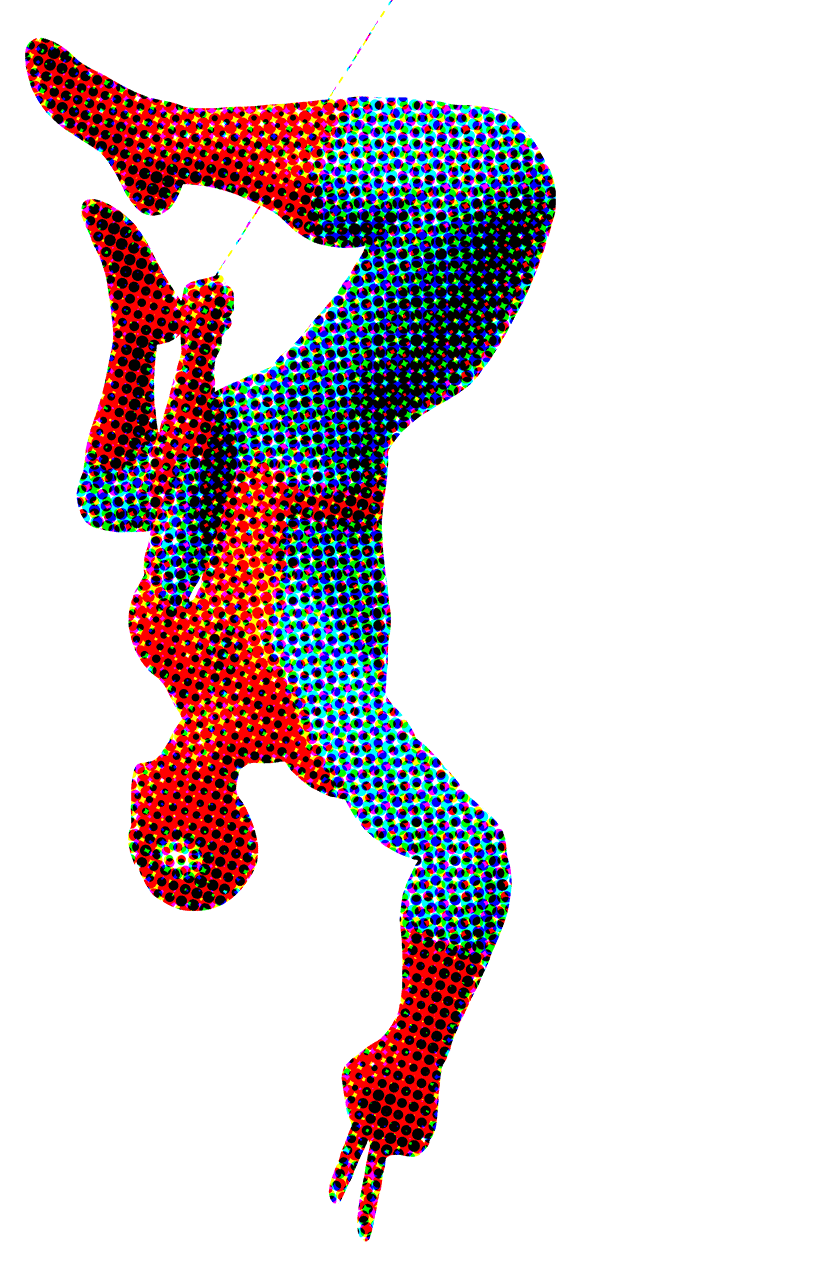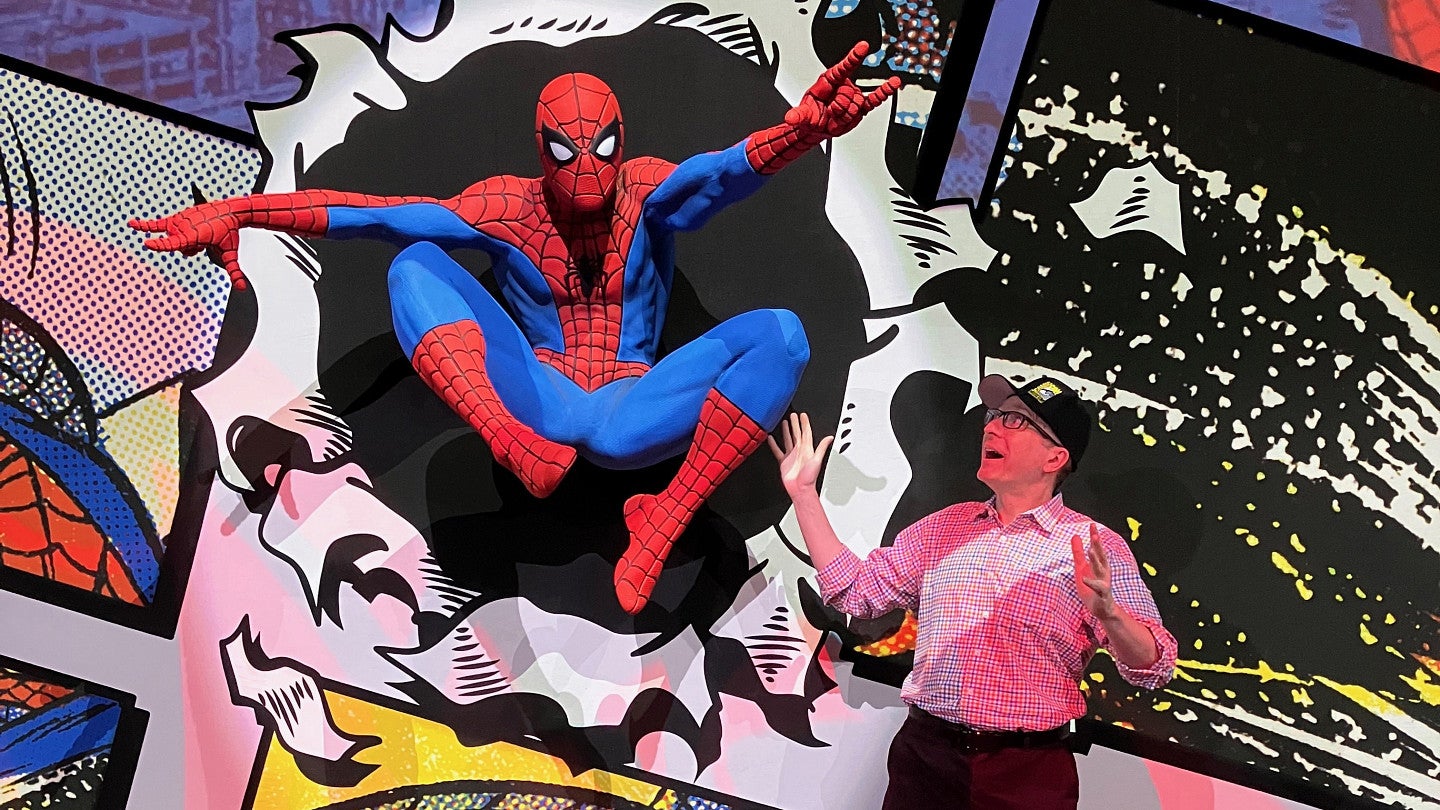
Exploring comics art and pop-culture history through the lens of Marvel’s iconic superhero, Professor of English Ben Saunders curates a 2022 exhibition at San Diego's Comic-Con Museum
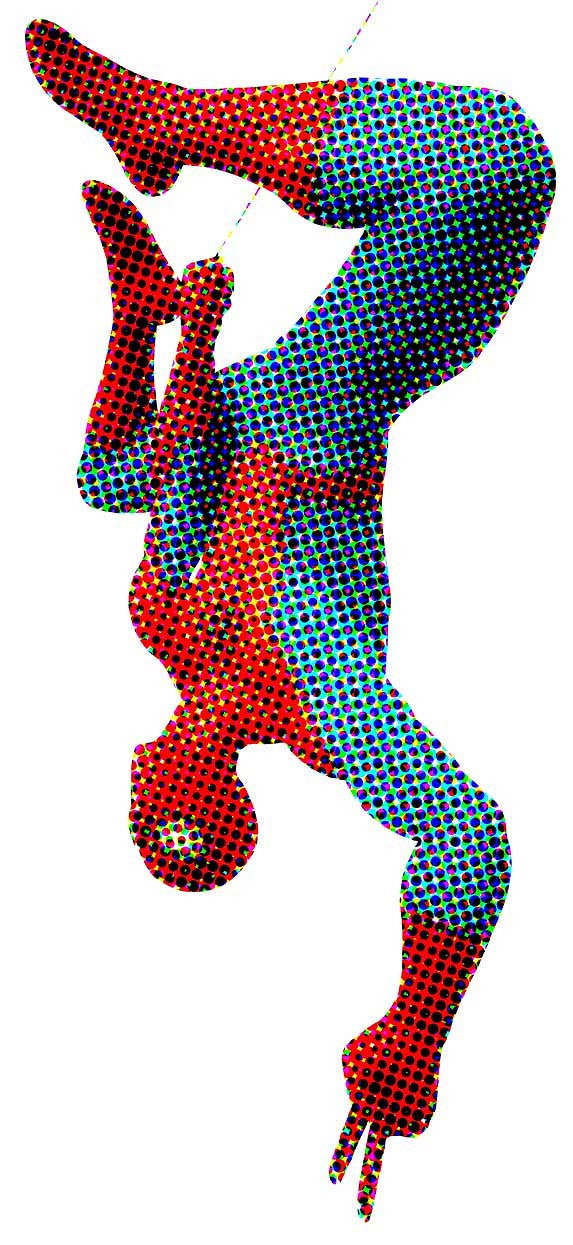
It’s truly amazing! Marvel’s Spider-Man turns 60 this year.
The wall-crawling crime-fighter was introduced to the world in August 1962, debuting in the anthology comic book Amazing Fantasy #15. Created by the collaborative team of writer Stan Lee and artist Steve Ditko, Spider-Man was an instant sensation with readers. Marvel quickly made him the star of his own title, establishing a classic character of the Silver Age of Comic Books. Featured for decades in films, television, toys, video games, apparel, and innumerable other media, the iconic web-slinger’s latest stop is a major museum exhibition.
Spider-Man: Beyond Amazing – the Exhibition opened July 1 at San Diego’s new Comic-Con Museum.
According to Ben Saunders, director of the University of Oregon’s comics and cartoon studies program, gallery walls are a fitting stage not only owing to the character’s status in popular culture—but also the genius of Spider-Man’s creators.
“Some of the finest commercial artists in history have worked at Marvel, from the 1950s right up to the present day. And the real-world narrative of Marvel is every bit as fascinating as the fictional, superhero worlds they’ve created.”
The series editor for Penguin Classics’ historic new series of Marvel anthologies, Saunders also served as co-curator of the new exhibit, which features original art drawn for comics of all eras, plus thousands of unique artifacts spanning every facet of the hero’s lifetime in media.
“When you get to see the original artwork, the traditional distinctions between fine art and commercial art break down,” he says.
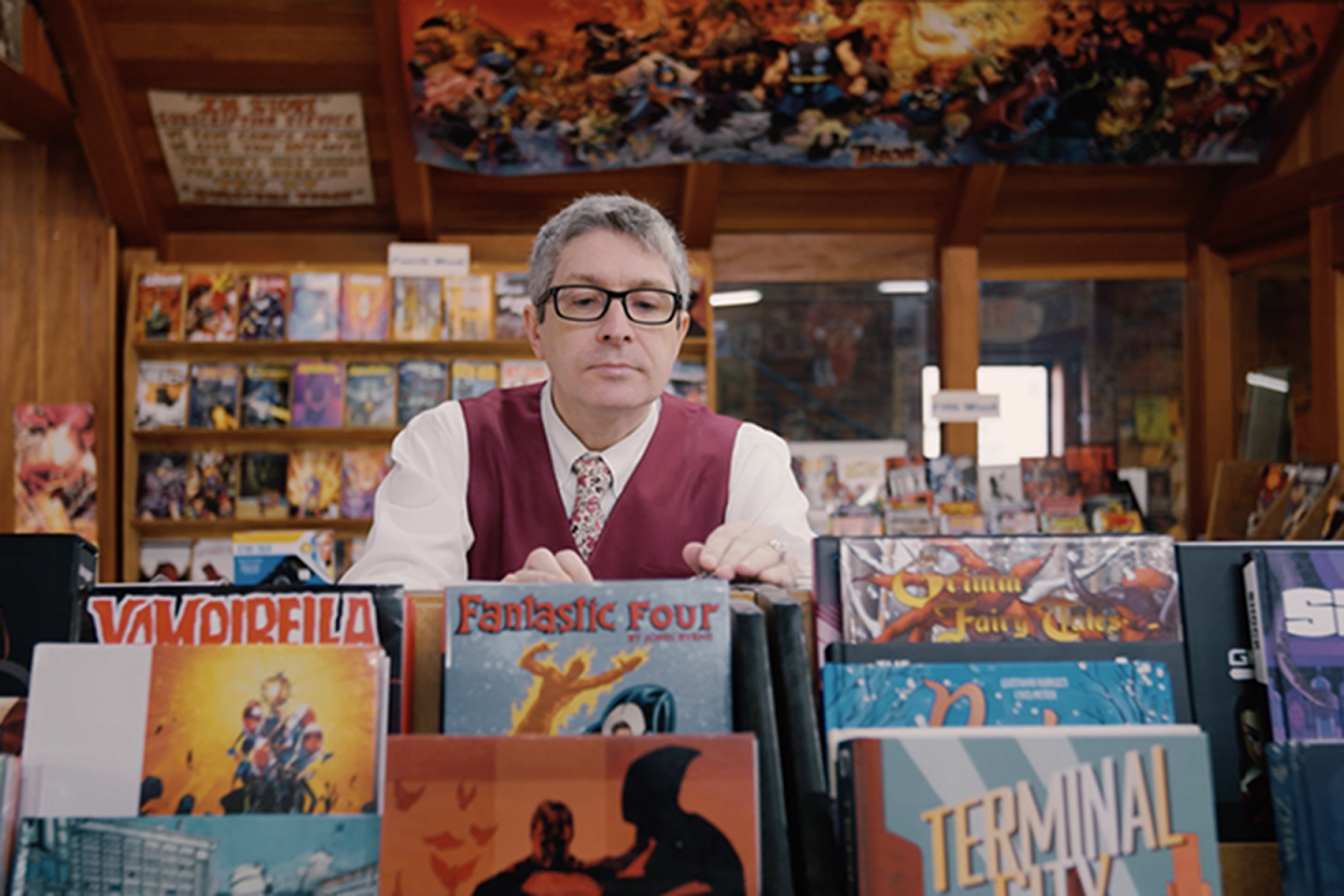

A lifelong reader of comics who is also a professor of English and an expert on the works of Shakespeare, Saunders brought to the exhibit project not only his literary and historical insights, but also significant elbow grease. He estimates scanning more than 300 images from his personal comic book collection to use in the show. For the many original works on display, however, he acknowledges the exhibitors' reliance on generous collectors who agreed to loan them the materials. Marvel Comics de-acquisitioned their archives of production art during the 1980s, Saunders explains—most of those pieces ended up in private hands, making comprehensive exhibitions like this one a special challenge to organize.
“For several years my focus in curation has been getting this production art, which most of the public has never seen, onto gallery walls where it can be appreciated. A well-penciled and inked comics page is, I think, some of the most beautiful art you can find.”
Saunders’ collaborator in the show’s creation, Patrick A. Reed is an events professional and independent pop culture historian. He promises that visitors will not only be immersed in the world of classic and contemporary comic books—but can anticipate a large-scale, multi-media experience encompassing Spider-Man’s entire journey through the popular imagination: cinema, animation, gaming, collectibles, and much more.
“Our show is rooted in classic museum structure—the power and resonance of the artifacts on display,” he says.
“But we’ve also used modern, digital technologies and brought in something like a theme-park construct of world building. It’s a hybrid concept. People will get to experience pieces of the fictional worlds of Spider-Man, and also learn the real-life history behind them.”
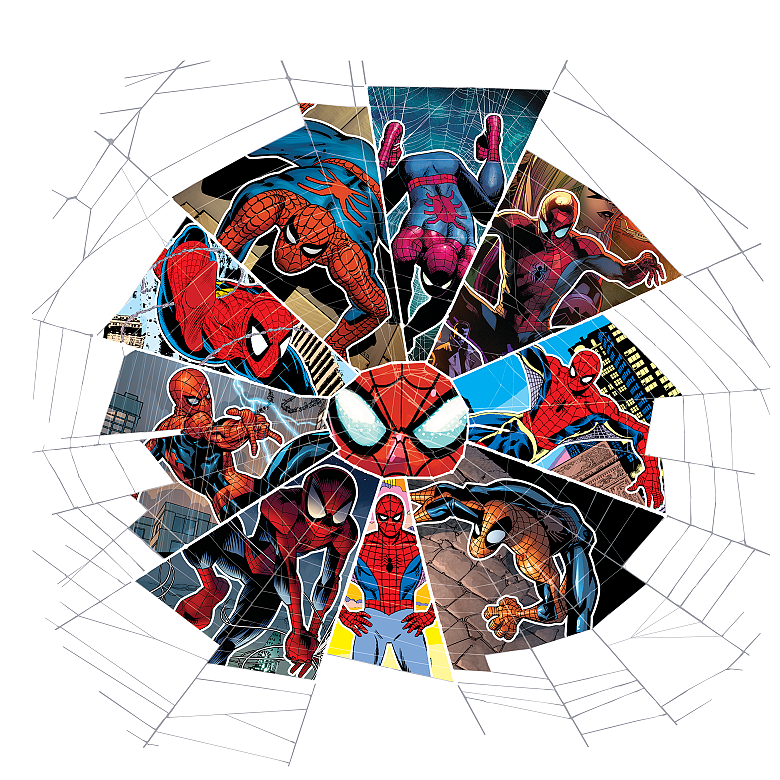
Timeless Themes; Enduring Popularity
An exhibit that Saunders and Reed previously worked on together, Marvel: Universe of Superheroes debuted at Seattle’s Museum of Pop Culture in 2018 and met with sufficient acclaim to subsequently tour the country. The organizers anticipate that tens of thousands may also attend their new, one-character show. What can account for Spider-Man’s out-of-the gate success and enduring appeal? According to these experts, it must come down to a variety of factors—but the most important may be Spider-Man’s underlying psychology, and his impressive list of enemies.
“Hardcore comic book nerds like to argue about which title produced the best rogues gallery,” Saunders confesses. “To me, it really comes down to either Batman or Spider-Man.”
From Doctor Octopus and the Green Goblin to Kingpin and Kraven the Hunter, early issues of The Amazing Spider-Man introduced more than a dozen supervillains who proved to be nearly as popular as the hero himself. They’d continue to bedevil Spidey and frequently reappear in other Marvel titles over the decades.
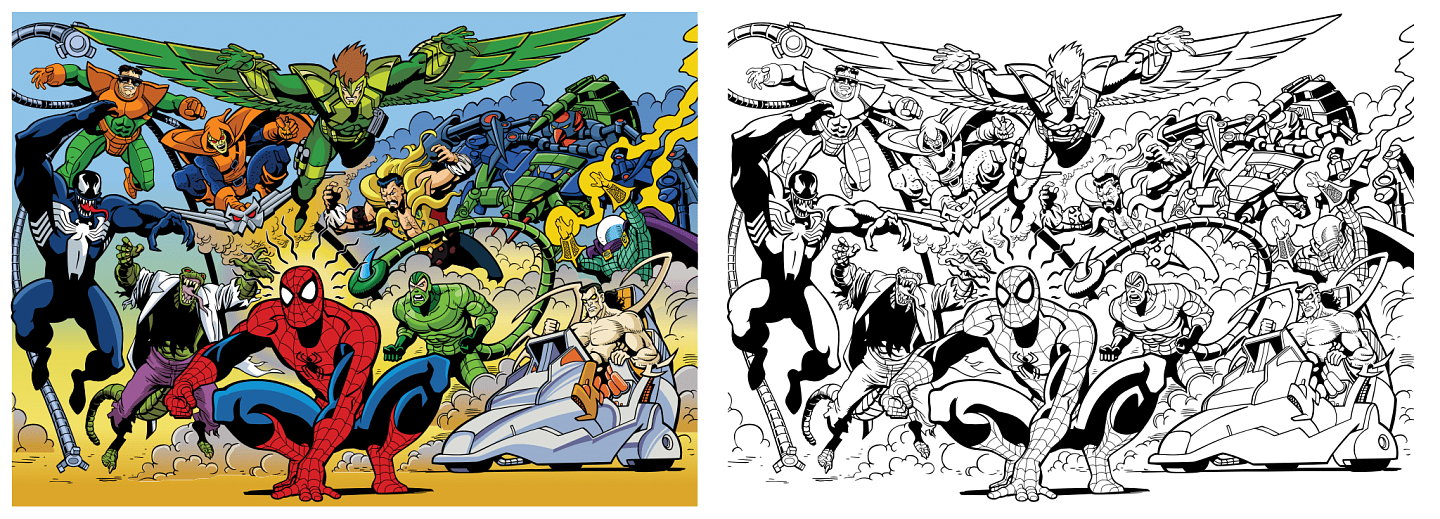
“There’s no other brief, intense burst of creativity in comics that’s equivalent,” Reed says. “It’s like the Beach Boys, Beatles, or Rolling Stones in popular music, in that same time period—artists who were cranking out two or three albums per year and not just sustaining high quality but growing by leaps and bounds with every new release.”
As for Spider-Man’s unique inner life—most of that was explored through his secret identity. Peter Parker, a somewhat introverted Queens high-schooler being raised by his elderly aunt and uncle, obtained his powers from the painful bite of a radioactive spider. Unlike earlier superhero youths who’d always been relegated to the sidekick’s role by comics writers, Parker had no superpowered adults around to guide him. All on his own, he had to learn to control his strange new powers and apply them “with great responsibility.”

“They were breaking new ground by making Peter Parker’s adolescence the emotional center of their stories,” Saunders says. “The interiority of the sidekick had not been of interest to the creators of comics in the 1940s and ‘50s. How Robin, for example, feels about being an orphan boy who finds himself with the weirdest stepdad ever plays no part in the narrative machinery of earlier Batman stories. When Spider-Man appeared, he expanded the emotional scope of the whole superhero genre.”
Spider-Man and Peter Parker were a grand metaphor for the angst, excitement, and transitions of adolescence itself, and 1960s teenagers—a brand-new category of person that rather suddenly evolved from the older concept of “kids”—readily identified. Unlike past generations of adolescents, the baby boomers also commanded disposable incomes that could make Spider-Man a best seller.
Although it bears some resemblance to an “overnight sensation,” the web-slinger’s success was in fact carefully planned by his creators, Saunders explains.
“Stan Lee and his collaborators at Marvel weren’t young upstarts. They were mid-career, savvy professionals by this time. Certainly, their first concern was selling comic books. But they knew they were playing with a new sociological and commercial category and recognized how it could expand the entire bandwidth of expression in the genre.”
The Heroic Look of Success
To help him envision this new kind of hero, Lee reached out to Marvel’s most idiosyncratic artist. Unlike the bulk of his peers, Steve Ditko had little interest in anatomical accuracy or drawing with “realism.” He was a master of gesture and character design, however, and his unique style brought a kinetic flair to the pages. Perhaps most impactfully, Ditko invented Spider-Man’s iconic threads.
“There’s something intrinsically appealing about the Spider-Man costume,” Reed enthuses. “Kids immediately react to it, even before they’re old enough really to understand the character. Spider-Man just looks cool.”

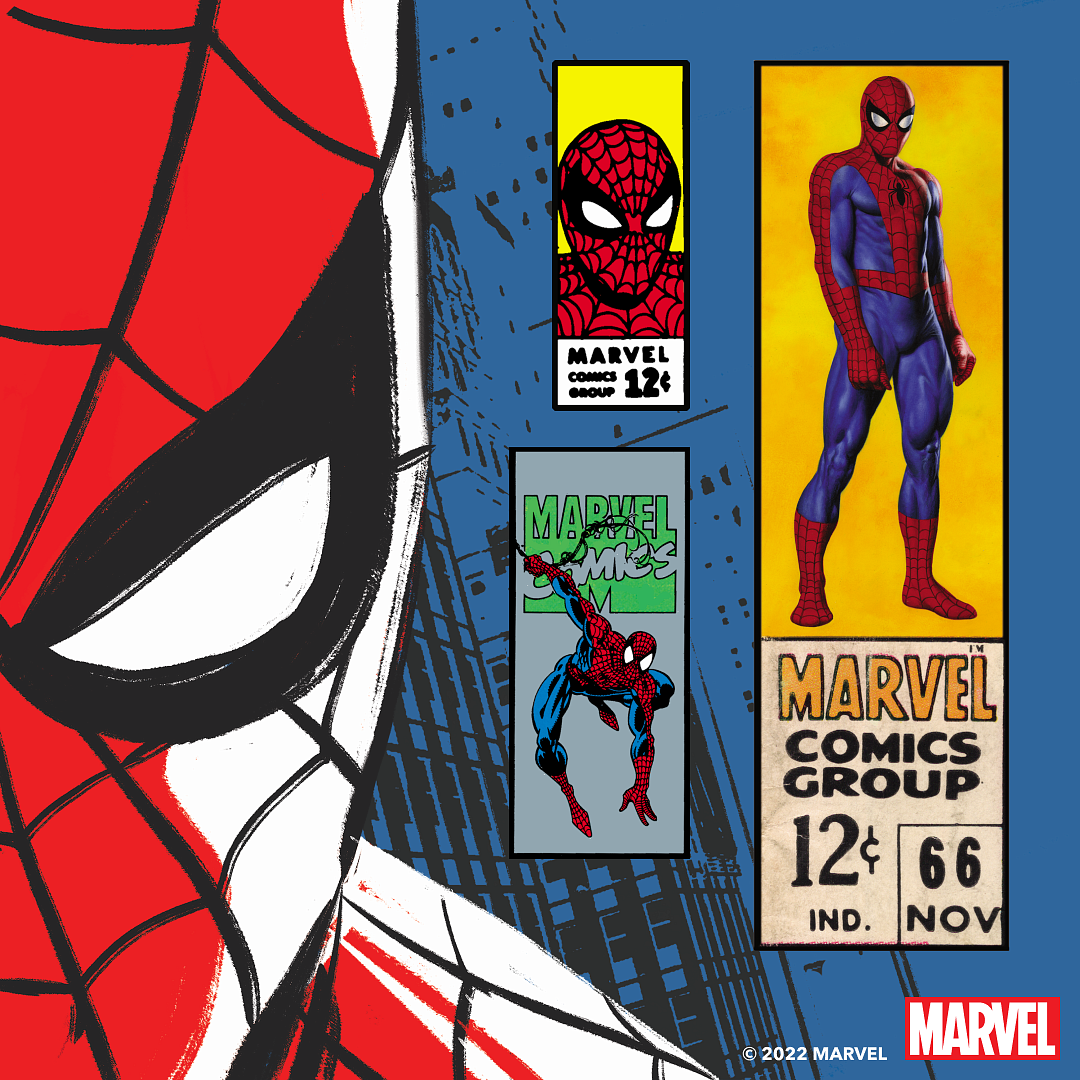
In a comics era when the great majority of characters were still white—and most wore masks that partially revealed their faces—Lee also credited the head-to-toe style of Spider-Man’s suit with helping readers, irrespective of their race, to connect with the character by picturing themselves inside his costume. It’s probably no coincidence that Spider-Man is a perennially popular subject for Halloween masks and children’s pajamas. And the universal nature of the character’s appearance has doubtlessly contributed to his appeal across cultures and generations.
In recent years, with the Marvel universe growing in print and exploding across various media, this inclusive aura has expanded to also include depictions of the character behind the mask.
“In fact,” Reed notes, “to a younger generation of fans, Spider-Man is not Peter Parker—he’s Miles Morales.”
A biracial teenager, Morales made his comics debut in 2011. Ultimate Fallout #4 introduced readers to this new-generation hero who took up the role of Spider-Man following Peter Parker’s death. Way back in 1977, Marvel also introduced their first Spider-Woman—a literally empowered female role model. Her character has continued to evolve, with Parker's original paramour, Gwen Stacy most recently assuming the mantle in the expanding Spider-Verse.
Reed explains that one challenge of mounting a show like Spider-Man: Beyond Amazing stems from their need to recognize and engage the many diverse audiences who’ve forged personal connections with these much-loved characters over time.
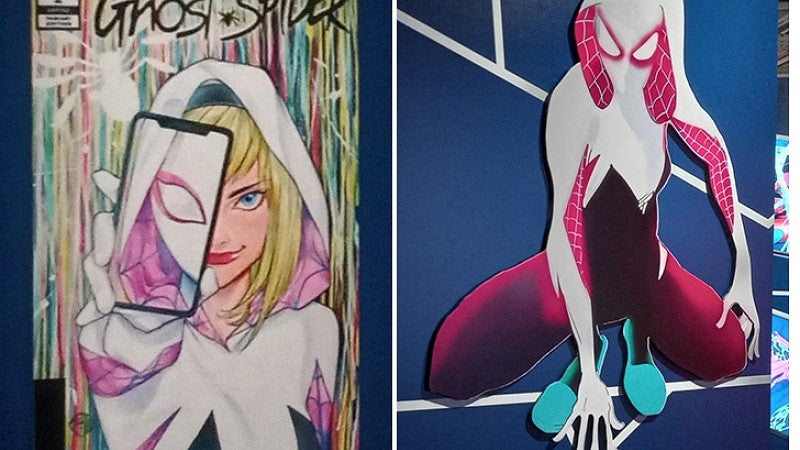
“As curators, we always strive to be aware of and include all the various perspectives,” he says. “There are many ways to recognize the resonances of the core creation. Our hope is that people will leave the exhibit with a greater awareness not just of the work itself, but its cultural impact.”
In the words of his creator, the great Stan Lee: "Excelsior" to Spider-Man! A sexagenarian hero to millions, Spidey continues to spin vast webs of influence.
Jason Stone is a staff writer with University Communications. All Spider-Man graphics and artwork © 2022 Marvel.
**********

Spider-Man: Beyond Amazing – the Exhibition
Developed by Semmel Exhibitions in association with Marvel and the Comic-Con Museum.
Opened July 1, 2022 at the Comic-Con Museum, Balboa Park, San Diego.
**********
Over the years, some amazing comic book fans have donated their historic collections to the UO Libraries' Special Collections and University Archives. Thanks to their generosity, students and researchers can get hands-on access to these primary source materials in the Knight Library—including the Gardner Fox collection, the Christopher Murrin collection, and the Victor Flach collection. (Video by Justin Jeffers '17.)
Explore Comics and Cartoon Studies at the UO
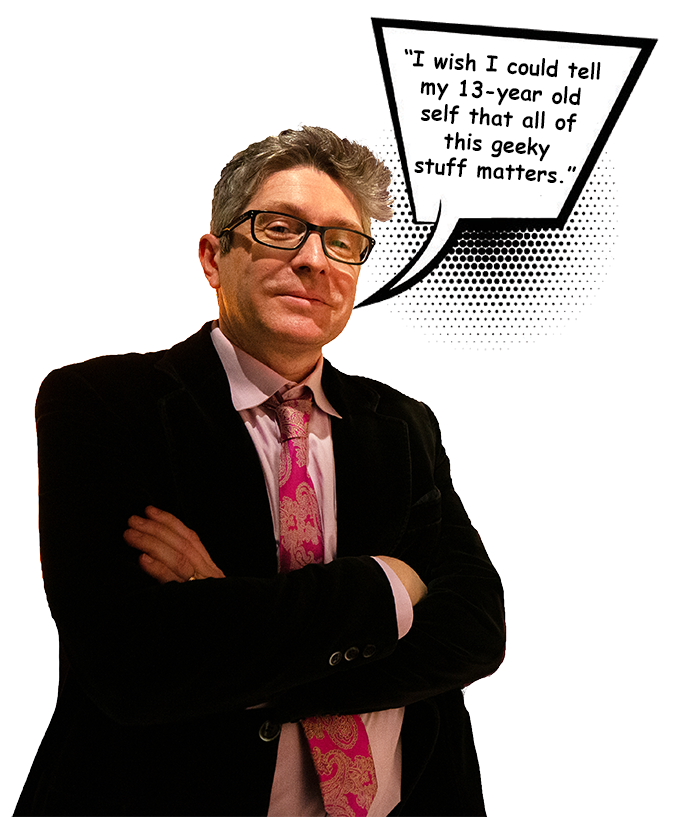
A professor of English, Ben Saunders uses comics as a springboard to explore topics ranging from American history to the politics of censorship to the cultural influence of Hip-Hop.
“I could teach a completely different version of my history of the superhero class in many different departments at the UO, and the same material would remain interesting and useful to students through all those different lenses," he says.
This deep-seated belief in the relevance of comics was the driving force that inspired creation of the first-of-its-kind comic and cartoon studies minor at the University of Oregon.
"Comics are a narrative storytelling medium that is at least as old as manuscript culture. We’re talking about a culturally revealing and incredibly rich pedagogical resource, and one of the most effective forms of communication that human beings have ever devised."
Thanks to Saunders' groundbreaking work and that of his colleagues, UO students can take classes that help them develop international, historical, and critical perspectives on the art form of comics. Through their study of superheroes, graphic novels, and animation, these young scholars deepen their understanding of global culture, media history, social dynamics, and more.
The UO also offers a host of extracurricular activities and opportunities for comic and cartoon enthusiasts, including student comics magazine Art Ducko, regular lectures and panel discussions featuring industry professionals, and internships with publishing companies like Marvel.
"The question for me isn’t, why study comics?" Saunders says.
"The question is, why haven’t we been doing it for longer?"


